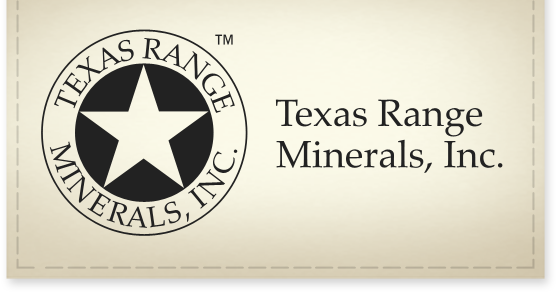The One Thing That’s FREE for the Rancher
It is the rancher’s business to see photosynthesis turn energy into forage and then, through rumination, watch that forage become beef that walks across the scales.
Everything a rancher purchases seems always to go up in price.
Seems that the rancher will never hear the words “Good news: price reduction!”
Services, supplies, vaccines and medicines, feed and mineral, labor and taxes, fuel and equipment, everything is subject to price inflation ―
everything, that is, except SUNLIGHT.
Sunlight is free.
The Sun is Earth’s source of energy: all energy comes ultimately from the Sun. Sunlight is free, and any rancher’s concern is with capturing that free sunlight by increasing forage production and forage health. Note: sunlight is indeed free, but capturing that energy from the Sun in forage may not be free.
Photosynthesis is one of the miracles of Creation that humbles us to ponder. Photosynthesis is that process by which plants convert sunlight energy into chemical energy for fueling the organisms’ activities. Carbohydrates like cellulose are synthesized from carbon dioxide and water (photosynthesis deriving from the Greek words for “light” and “putting together”.) The byproduct from photosynthesis is oxygen, essential to animal life. Photosynthesis maintains atmospheric oxygen levels. It supplies most of the energy necessary to all life on Earth.
Photosynthesis begins when energy from sunlight is absorbed by plants’ green chlorophyll pigments (chloroplasts), most abundant in leafy parts of plants. View this complex reaction as simply
6CO2 + 6H2O produces Cellulose [C6 H12 06 + 06]
or
Carbon Dioxide + Water = Sugars plus Oxygen.
A master plan!
And the plan unfolds when the ruminant animal consumes the product of photosynthesis, forages.
The rumen is a 40-gallon fermentation vat that maintains the ideal environment (temperature, moisture, pH, motility) for billions of microbes to thrive. These inhabitants of the rumen ― bacteria, protozoa and fungi ― can be thought of as “microscopic middlemen”, for by converting the simple six-carbon chain that is cellulose into the essential amino acids and nutrients, it is they that produce red meat and milk.
Again, what a plan!
So the way I see it, a rancher who runs ruminant animals should be first concerned about ways to produce all the forage he possibly can in his given environment, at the least cost.
I have heard it said that money put into fencing is the best way to capture the sunlight.
A well-planned rotational grazing strategy will allow plants enough rest time for conducting photosynthesis to replace those forages the cattle eat. In my customer base, ranchers who implement a sensible rotational grazing plan always have lower annual cow mineral cost, because (and of course it depends on rainfall) the cattle always have good quality and quantity of forages in front of them.
Various private consultants and government agencies can help a rancher lay the foundation for capturing energy from the sun. It is the rancher’s business to see photosynthesis turn energy into forage and then, through rumination, watch that forage become beef that walks across the scales.

